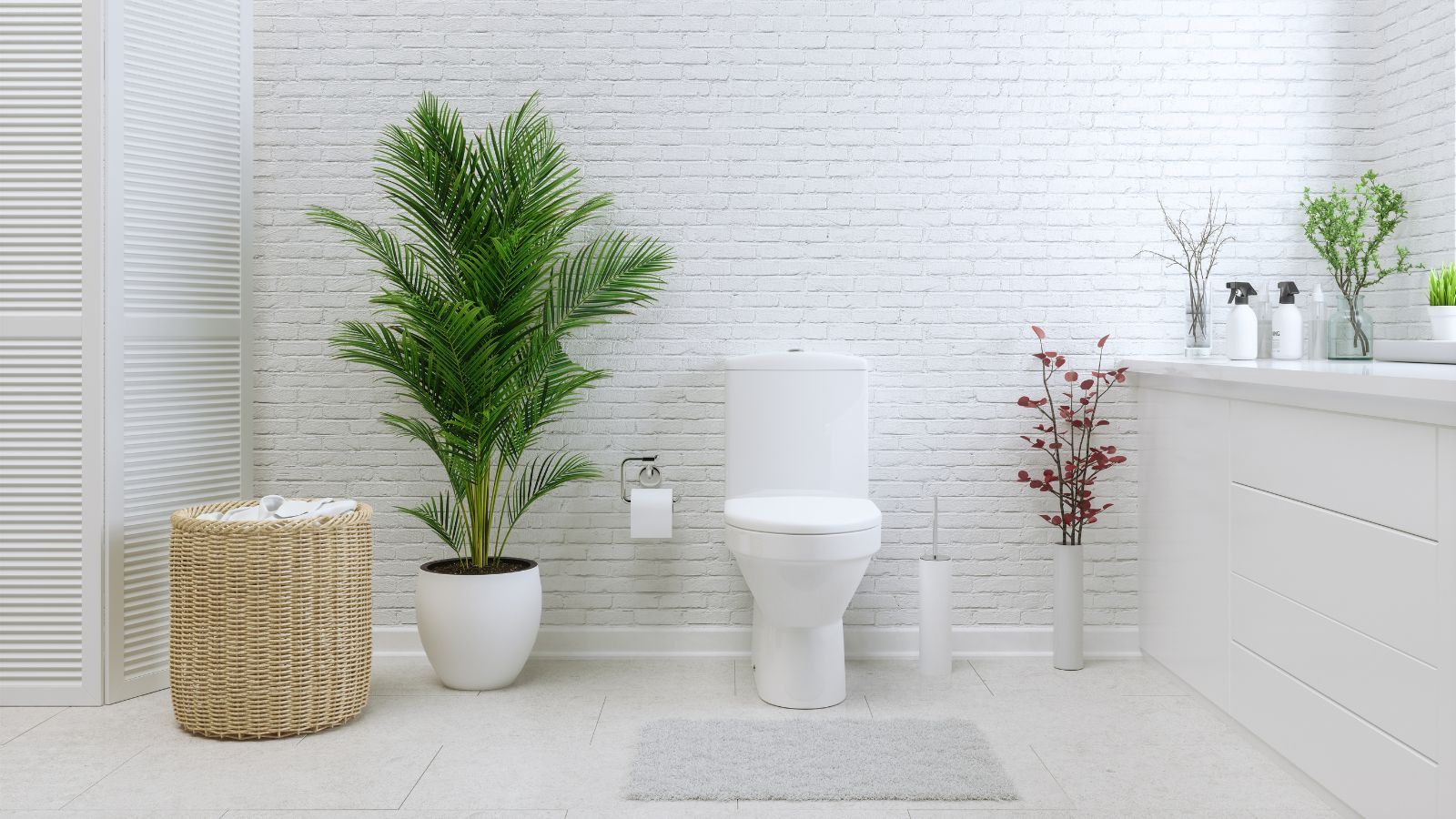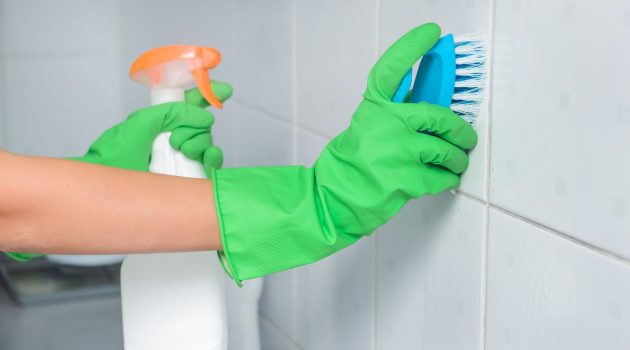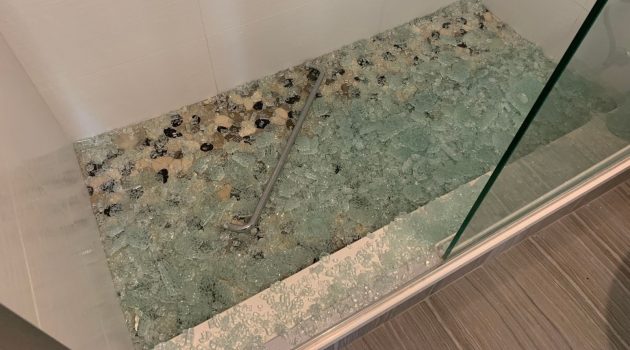Leaving your toilet unused for six months can lead to unpleasant surprises if not properly prepared.
To ensure your toilet stays fresh and functional, there are a few simple steps you should follow before you leave. These steps will help prevent odors, stains, and even potential damage to your plumbing.
Start by cleaning and disinfecting the toilet thoroughly. Use a mixture of bleach and water or a good disinfectant around the bowl and tank. Scrub the bowl well and flush it after cleaning.
Next, cover the toilet seat with plastic wrap to keep unwanted things out and block evaporation from the bowl.
Finally, consider shutting off the water supply and draining the bowl to avoid standing water, which can lead to stains and unpleasant smells.
Taking these steps will ensure that when you return home, your toilet is as clean and fresh as you left it. Your plumbing will thank you, and you’ll avoid the hassle of dealing with any nasty surprises after a long trip.
Preparation for Extended Absence

Before you leave your home for six months, it’s important to prepare your toilet to avoid any unpleasant surprises. This includes turning off the water, draining the toilet tank, cleaning and disinfecting, and preventing water stagnation.
Turning Off the Water
First, shut off the water supply to your toilet to avoid leaks and water damage. Locate the shut-off valve, usually found behind the toilet. Turn the valve clockwise until it stops.
This prevents any water from entering the toilet during your absence. Shutting off the water also helps in avoiding any accidental flooding.
Draining the Toilet Tank
Next, drain the toilet tank to make sure no water remains. Start by flushing the toilet to empty the tank. Then, use a sponge or wet vacuum to remove any remaining water.
It’s important to ensure that no water is left behind, as still water can lead to mold and mildew buildup, damaging your toilet over time.
Cleaning and Disinfecting
Thoroughly clean and disinfect the toilet to ensure it stays sanitary. Use a good toilet cleaner, scrubbing to remove stains and debris. After cleaning, use a disinfectant such as bleach or vinegar to kill any remaining bacteria.
This helps in preventing unpleasant odors and keeps your toilet fresh while you are away.
Preventing Water Stagnation
Prevent water stagnation in the toilet bowl by covering it with plastic wrap or adding antifreeze. Plastic wrap prevents evaporation and keeps the bowl clean. If you live in a place where temperatures drop below freezing, consider adding non-toxic RV antifreeze to the bowl to prevent freezing and cracking.
This keeps the toilet in good condition until you return.
Maintenance Tips

When leaving your toilet for six months, it is important to take steps to prevent mold and mildew, ensure proper sealing and insulation, and consider professional assistance to avoid future issues.
Preventing Mold and Mildew
To prevent mold and mildew, start by cleaning your toilet thoroughly. Use a toilet bowl cleaner and a toilet brush to scrub every part of the bowl.
After cleaning, disinfect the toilet using a mixture of bleach and water. Spray the disinfectant in and around the bowl and let it sit for a few minutes before wiping it down.
Leave the lid up to allow the toilet to air dry completely. For extra protection, sprinkle baking soda inside the bowl to absorb any moisture and odors.
Make sure to also clean and dry the area around the toilet to combat humidity which can cause mildew growth.
Sealing and Insulation
Properly sealing your toilet involves turning off the water supply and flushing the toilet to remove as much water as possible from the tank and bowl.
Use a vacuum or sponge to suck up the remaining water. Cover the toilet seat with plastic wrap or use heavy-duty plastic bags to seal the bowl.
This helps prevent water from evaporating and unwanted odors from escaping. Additionally, putting antifreeze in the toilet trap can prevent any residual water from freezing if you’re in colder areas.
Make sure to check for any cracks or gaps around your toilet and seal them to keep insects and other pests out.
Seek Assistance
If you’re unsure about any steps or if your toilet has known issues, consider consulting a professional plumber. A plumber can help you ensure that your toilet’s plumbing system is properly maintained for long-term absence.
They might suggest additional precautions suited for your specific toilet model or home conditions. Having a professional check the toilet can give you peace of mind that you’ve covered all bases and that your bathroom will be in good condition when you return.
Returning Home

When you return home after being away for six months, there are a few crucial steps to follow to ensure your toilet is in proper working order. These steps include inspecting for damage, reactivating the water supply, and performing a final cleaning.
Inspecting the Toilet
Start by carefully inspecting your toilet for any visible damage or issues. Look for cracks in the bowl or tank. Check the flush mechanism to ensure it is still working properly.
If your home was left in hot or cold conditions, there may be temperature-related damage.
Additionally, inspect the P-trap to ensure it has not dried out, which can lead to sewer gas leaks. Pour some water down the toilet bowl to refresh the P-trap if needed.
Reactivating Water Supply
Once you have inspected the toilet and addressed any issues, it’s time to reactivate the water supply. Turn on the main water supply to your home if it was turned off. Then, open the valve to the toilet’s water line.
Check the water heater to make sure it is functioning properly before you proceed. Allow the tank to fill and then flush the toilet to ensure everything is working smoothly. If you notice any leaks, address them immediately.
Final Cleaning and Checks
After reactivating the water supply, it is important to give your toilet a thorough cleaning. Use a toilet cleaner to scrub the bowl and get rid of any buildup or stains. For a natural cleaner, you can use a mix of white vinegar and baking soda.
Make sure all parts of the toilet are sanitized. Finally, do a thorough check of all bathroom fixtures and ensure everything is functioning correctly.



